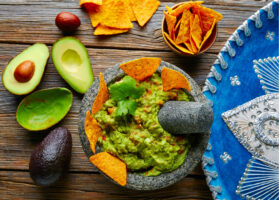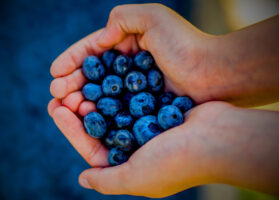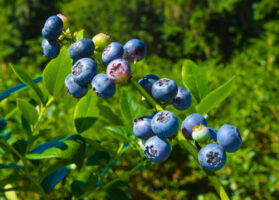Chilean cherry blossom function heralds imminent start of 2023/24 season
Overview of cherries from Chile in the U.S. market, complemented by charts from Agronometrics. Original published on September 22, 2023.
Chile’s annual “Cherry Blossom” ceremony, hosted by the Asoex Cherry Committee, is considered the symbolic start of the season, but this year there is some trepidation due to the hotter than usual weather. According to Claudia Soler, Chairperson of the Cherry Committee, they still expect exports of 100 million cases, but they are waiting and watching the weather to see what the longer term impact will be.
“We maintain our initial estimation based in the hectares that are planted and should enter production, with total exports around 100 mm cases. However, for a more accurate estimation we need to wait and see weather conditions during blossom. We should have a more precise estimation by the beginning of October,” states Soler.
At the ceremony that took place this week the Chinese Ambassador Niu Qingbao and Chilean Agriculture Minister Esteban Valenzuela attended the “Cherry Blossom” ceremony along with leaders of the ASOEX Cherry Committee.
The event was held at Ponderosa, a Prize producer in Requinoa, Chile. Ambassador Niu Qingbao highlighted the importance of Chilean cherries as a symbol of friendship between China and Chile. Minister Esteban Valenzuela celebrated Chile’s position as the world’s leading exporter of cherries, with the O’Higgins and Maule regions leading the way. Ivan Marambio, President of ASOEX, expressed optimism for the season, promising bountiful harvests and better quality cherries.

Source: USDA Market News via Agronometrics.
(Agronometrics users can view this chart with live updates here)
The agronomic assesor Cristian Muñoz from Fruticultura in Curicó, Chile, warned there is however some concern about the coming cherry season. “There is a lot of concern about the current cherry season, it has been a long time since we had such unfavourable weather conditions that put at risk the productive potential of each orchard. Looking at the glass half full, our elongated geography allows us to have a large productive area with plantations mostly between Santiago and Los Angeles; with diverse microclimates and protected areas in the Central Valley, which gives some productive stability as a country. Another relevant positive factor is the varietal offer that we have multiplied throughout the Valley, and that over the years we have been growing in those that give us production security such as the self-fertile varieties, Santina and Lapins. In addition, the area protected against frost and rain has been increased.”
He says the critical climate factors are a warm autumn, warm winter as well as rainy spring, all crucial to the bloom and eventual productivity of the cherries. “Now, in this season we must not deny that we have critical climatic factors that could reduce the percentages of curdle, but this is not a call to fatality either. Rather, it is time to observe, understand and focus on finding solutions for the current season and those to come in the future,” states Muñoz.
The News in Charts is a collection of stories from the industry complemented by charts from Agronometrics to help better tell their story.
Access the original article with this (Link)






